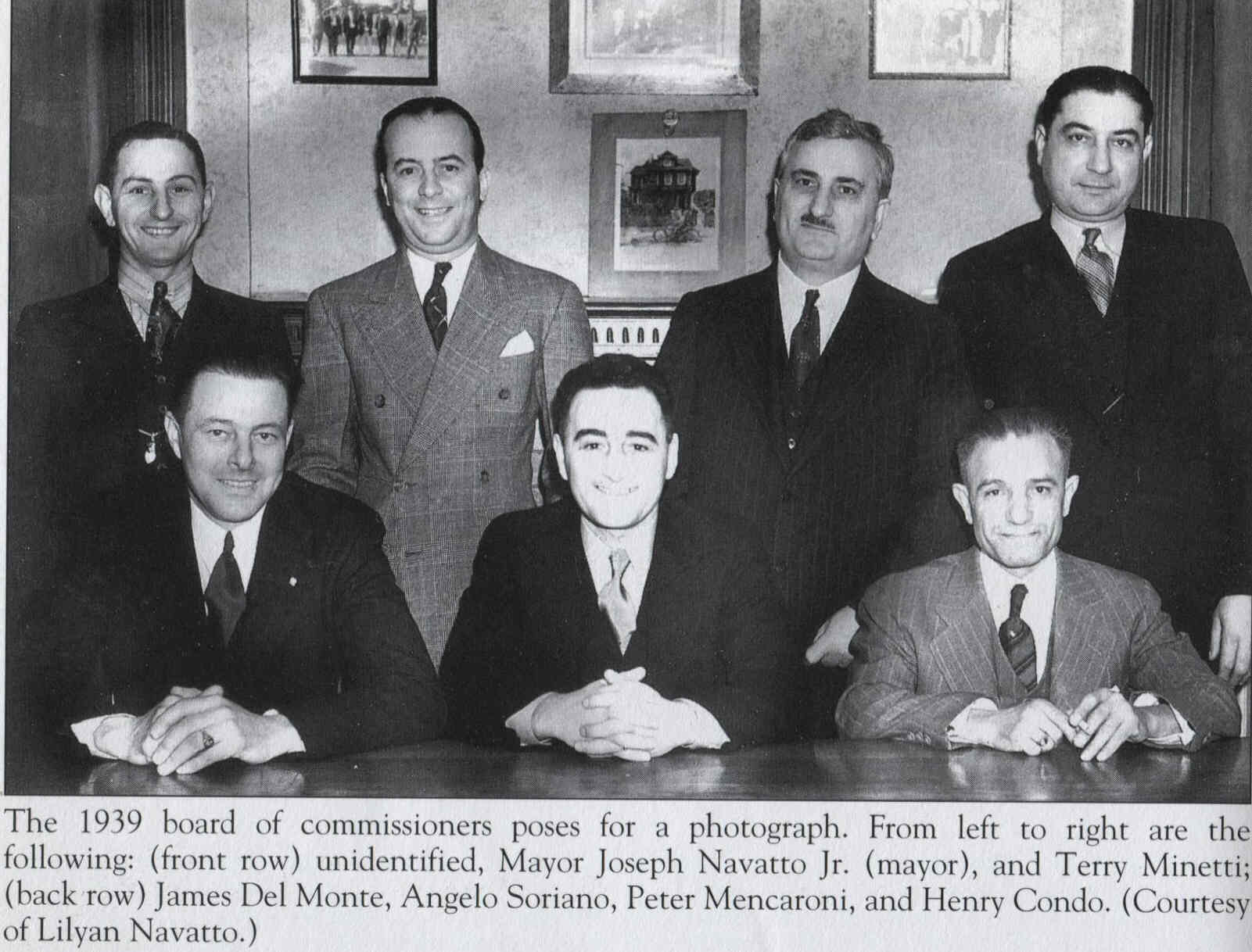By Bruce Doorly

The history in the town of Raritan offers a good example of this. As over a century ago Italians moved to Raritan in large numbers directly from Italy .

Many of these poor Italians were desperately searching for a better life. Stories of opportunities available in the United States caught their attention. Starting 1870 millions of Italians said goodbye to their home country and came to America.

Many had planned to live in the United States for just a few years to earn some money and then return to Italy.
About half of the Italians who did come here did eventually go back to Italy.
But the other half would stay, bringing the rest of their family over if they were not already here.
of Raritan in 1914

Later Johns Manville, which was just a few miles away, offered employment to hundreds. While Italians could find work, a life of leisure living the American Dream it was not - at least initially. They worked long hours, often in poor conditions.

The Italian Americans had strong ties to their community, the Catholic Church, and most certainly family.

The Star of Italy was for Italians from the Naples and Benevento area . The St. Rocco Mutual Aid Society was for Italians from the Leonia area. The La Fratellanza (The Brotherhood) Society was for Italians from Northern Italy. Lastly the Marchigianni (People from Marche) was for those from the area southeast of Rome. The aid societies helped Italians to learn the English language, understanding the customs, and even at times provide financial aid to those that really needed it.

This event helped to integrate the Italians with the rest of the surrounding community. For the format of the St. Rocco Celebration was that after a mass and a procession through the streets of the statue of St. Rocco, there were then several days of a carnival like atmosphere with music, food, and fireworks. Everyone, Italians and non-Italians, were invited. And most everyone gladly attended.

In 1903, they decided that they wanted to form their own church. St. Bernard gladly helped them along and the Church of St. Anns of Raritan was formed. Many masses could now be said in Italian. After having church services in a vacant storefront building for three years, in 1906, the Italians of the Church of St. Anns built their own church building on Anderson Street.

Many started businesses in town such as bakeries, grocery stores, and taverns.

The first step was for them to become members of the fire department which was as much a social club as a fire fighting unit.
Then starting the 1930s the Italians would obtain elected positions in local government. Like any town the established politicians fought hard to keep power away from the new group, but the Italians were now the majority and elected their own. They would do good in their government positions.

Anthony Lettieri of Raritan recalled that as a youngster in the late 1930s he was once caught skipping school. In the following days so many adults lectured him warning him that such behavior would result in him becoming a delinquent. Thus he never dared cut school again.
Even decades later this monitoring was still prevalent. Don Esposito remembers that while kids played on their own in the late 1950s it was hard to get away with doing anything bad in Raritan. He remembers that one time he crossed over the railroad tracks at a location that he and others kids were forbidden to cross at. When arriving home just minutes later, he found that he was in trouble as an observant neighbor had already phoned his parents.
neighbors were watching

Many would lose their lives. The World War II record for Raritan, both for the Italians and non-Italians, was impressive and has been deservingly well documented.

Both Dominick Menci and Frank Esola were able to get leave from the army and travel to remote villages in Italy to meet long lost relatives. Both were welcomed like heroes.
click for story

Wikipedia states that a study of fifteen ethnic groups showed that Italian Americans were among those groups having the lowest percentages of divorce, unemployment, people on welfare and those incarcerated. They had the highest percentages of two-parent families and families who eat together on a regular basis.